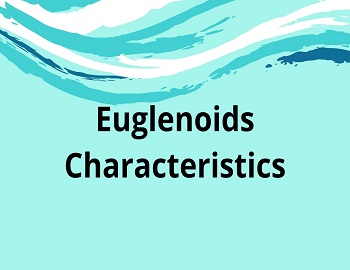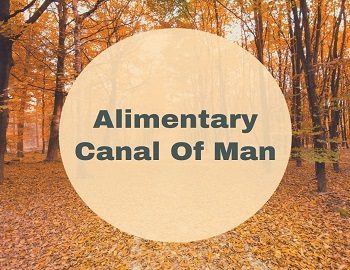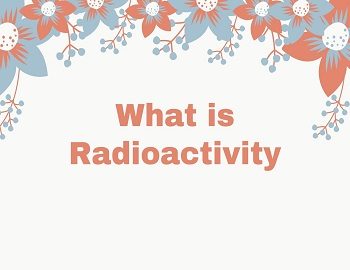Table of Contents
Atmospheric And Soil Corrosion:
The process of the slow destruction of metal due to chemical or electrochemical attack of the environment at their surfaces resulting in the formation of compounds such as oxides, carbonates, sulphides etc. is called corrosion.
For example rusting of Iron, development of green coating on copper, bronze etc.
Atmospheric Corrosion:
Atmospheric corrosion takes place in presence of two substances namely oxygen and moisture. Corrosion does not take place if one of these is absent. For example- if the iron is exposed to an atmosphere containing 60% humidity rusting of iron begins and increases with an increase in humidity.
It has also been observed that steel does not rust if it is covered with ice. This is because the electrochemical attack requires liquid water for corrosion to take place. In the absence of liquid water which acts as an electrolyte for the electrochemical cell, corrosion will not take place. Impurities like smoke, dust and gases like SO2 in the atmosphere also increase the rate of corrosion.
Example- Due to atmospheric corrosion, copper is corroded and its surface is covered with basic copper sulphate and basic copper carbonate.
Atmospheres are often classified as being rural, industrial or marine in nature. Even two nearby rural environments can differ widely in average yearly temperature and rain fall patterns, mean temperature. When a metal is exposed to the atmosphere, an oxide film is formed on its surface due to the interaction with atmospheric air.
The corrosion of carbon steel in the atmosphere and in many aqueous environments is best understood from a film formation and break down standpoint. Also, the iron in the presence of oxygen and water is thermodynamically unstable with respect to its oxides. Because atmospheric corrosion is an electrolytic process, the presence of an electrolyte is required.
Rusting of iron depends on relative humidity and time of exposure in an atmosphere containing 0.01% SO2. The increase in corrosion rate produced by the addition of SO2 is substantial. Oxides of nitrogen in the atmosphere would also exhibit an accelerating effect on the corrosion of steel. Indeed, any gaseous atmospheric constituent capable of strong electrolytic activity should be suspected as being capable of increasing the corrosion rate of steel. Because carbon steels are not very highly alloyed, it is not surprising that most of its type do not exhibit large differences in atmospheric corrosion rate. Nevertheless, alloying can make changes in the atmospheric corrosion rate of carbon steel. The elements generally found to be most beneficial in this regard are copper, nickel, silicon, chromium and phosphorous. Of these, the most striking example is that of copper, with an increase from 0.01-0.05%, it decreases the corrosion rate by a factor of two to three. Additions of the above elements in combinations are generally more effective than when added singly, although the effects are not additive.
Soil Corrosion:
In soil, corrosion of metals takes place due to following factors.
- Moisture and electrolyte contents- The conductivity of the non-acidic soil depends upon moisture and electrolyte content of the soil. It is the major factor governing the corrosive nature of the soil which is further promoted by differential aeration. For example- corrosion of pipes is more in clay than in sandy soil.
- Acidity of Soil- In highly acidic soils, corrosion takes place is of hydrogen evolution type.
- Texture of Soil- Underground (buried) pipelines and cables passing from one type of soil to another suffer corrosion due to differential aeration. Soils rich in gravel and sand are more porous as compared to clay-rich soils. Example- (1) Lead pipelines passing through clay and then through sand are corroded because the areas under clay are less aerated as compared to covered under the sand, therefore, clay-covered areas become anodic and get corroded. (2) When a cable or pipeline is passing under paving, the portion under the paving is less oxygenated than the portion under unpaved soil. Therefore portion under paved soil acts as anode and get corroded.
- Presence of microorganisms in the soil- In waterlogged soils, the amount of free oxygen is less and it may generate anaerobic bacteria which may lead to microbiological corrosion.
Soil corrosion is a complex phenomenon, with a multitude of variables involved. Chemical reactions involving almost each of the existing elements are known to take place in soils. The response of carbon steel to soil corrosion depends primarily on the nature of the soil and certain other environmental factors such as the availability of moisture and oxygen. These factors can lead to extreme variations in the rate of the attack.









Comments (No)